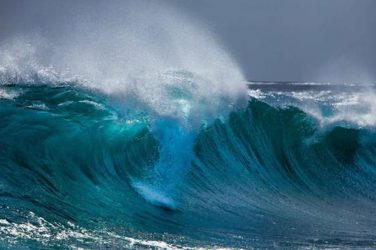Greenland has lost 20 thousand km2 of ice surface in the last 30 years. These glaciers have given way to rock. These areas have therefore been increasingly colonised by shrubs or have become very wet areas that are sources of methane emissions.
Between 1980 and 2010, a group of scientists from Leeds calculated that the area covered by wetlands increased by more than 30,000 km2. The area covered by vegetation doubled (+111%), meltwater increased by 15% and wet bare rock decreased by 16%.
“We have seen signs that the ice loss is triggering other reactions that will result in further ice loss and further ‘greening’ of Greenland, where the shrinking ice exposes bare rock that is then colonised by tundra and eventually shrubs. At the same time, the water released by the melting ice is displacing sediment and silt, which eventually forms wetlands and marshlands,’ explained Jonathan Carrivick, co-author of the study.









Show Comments